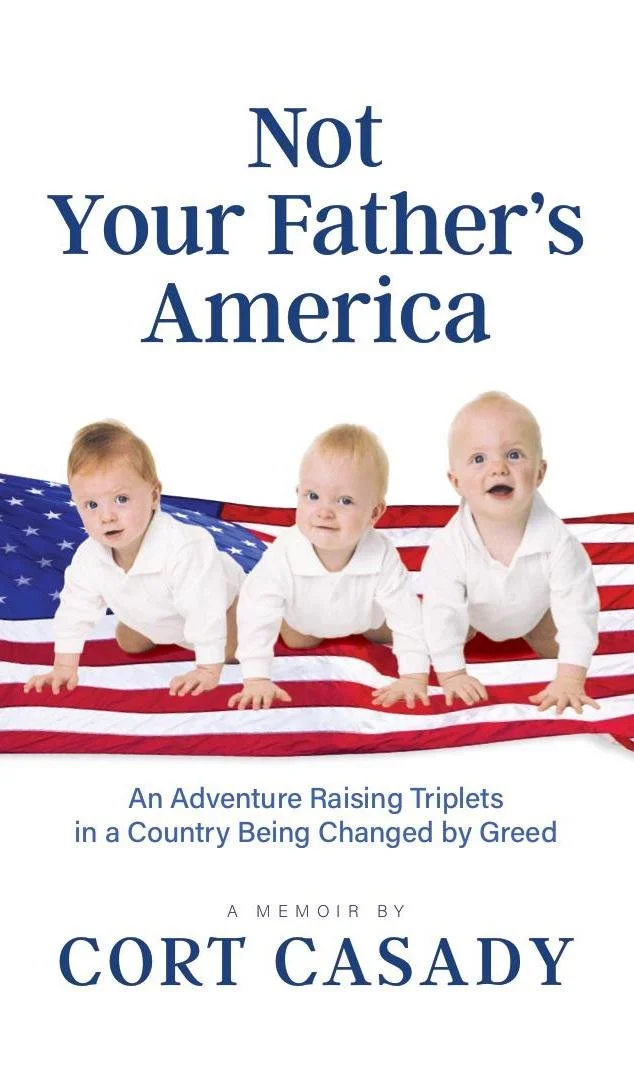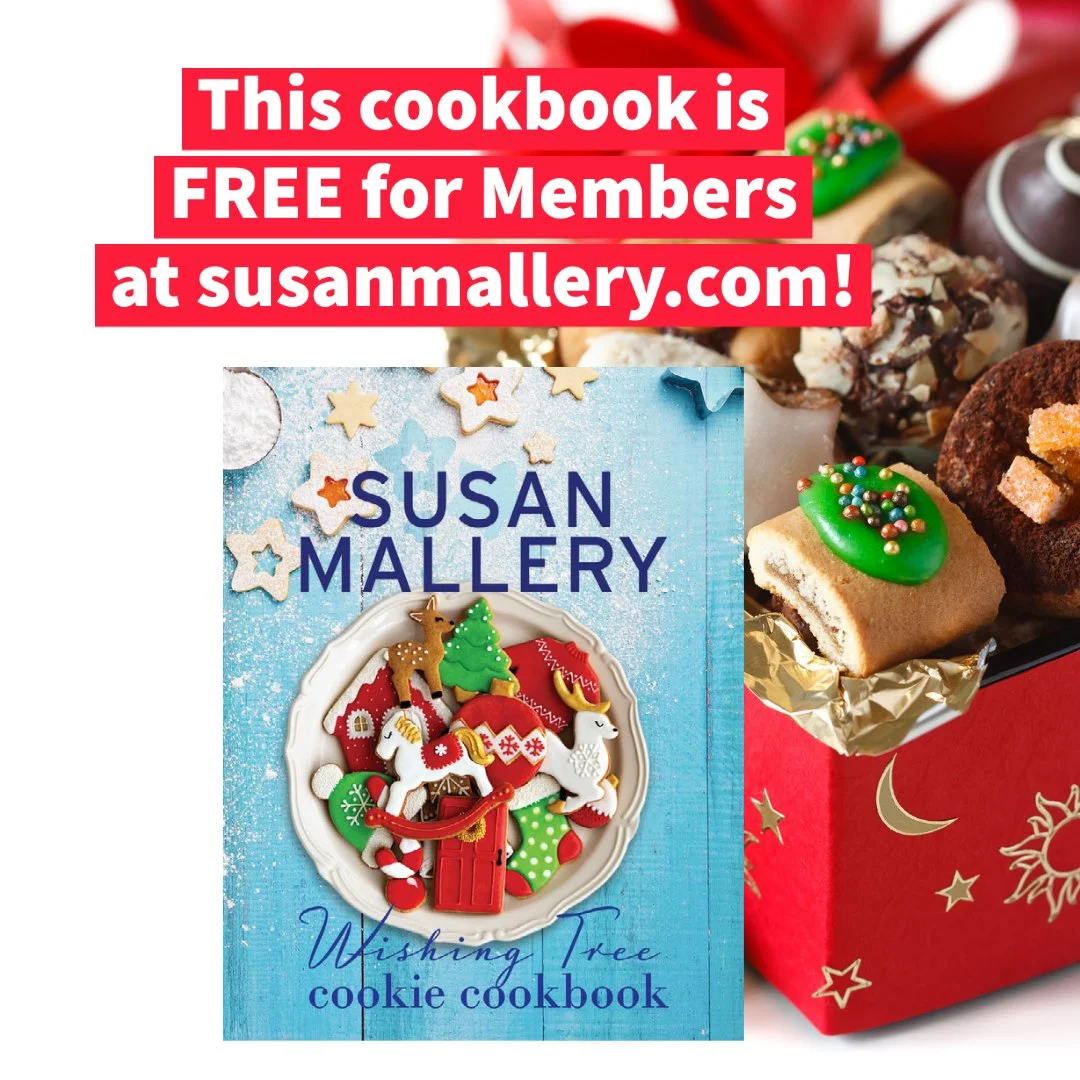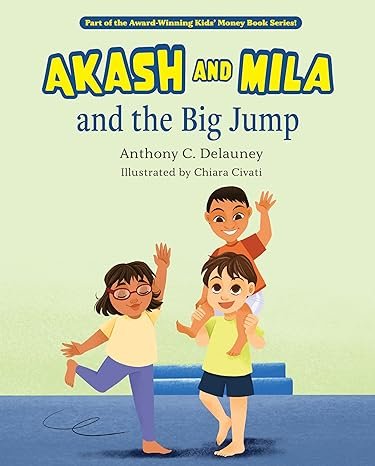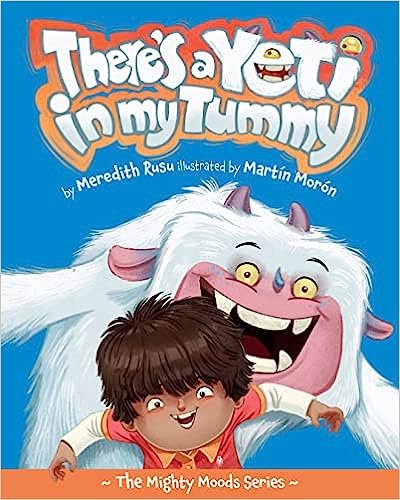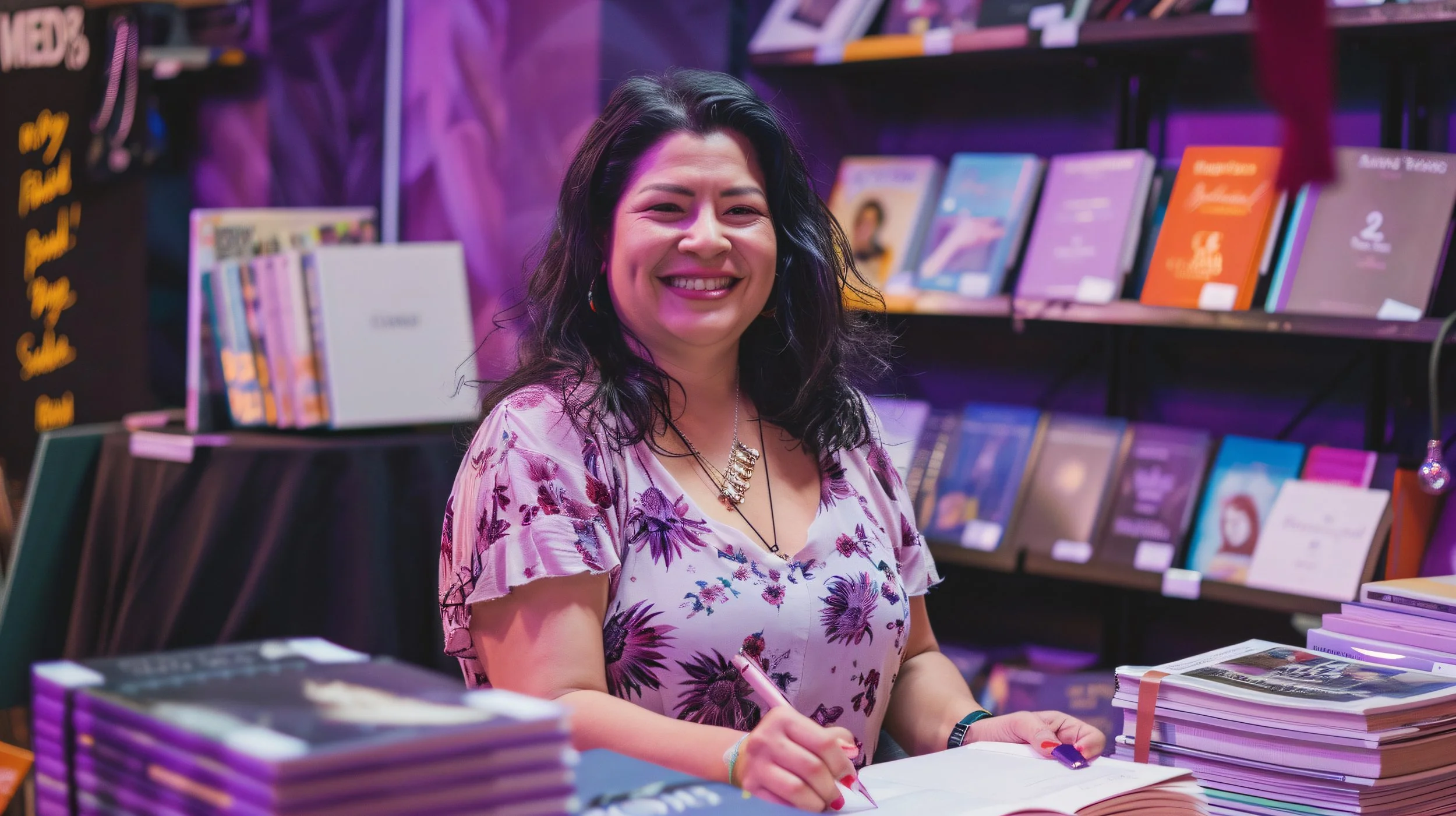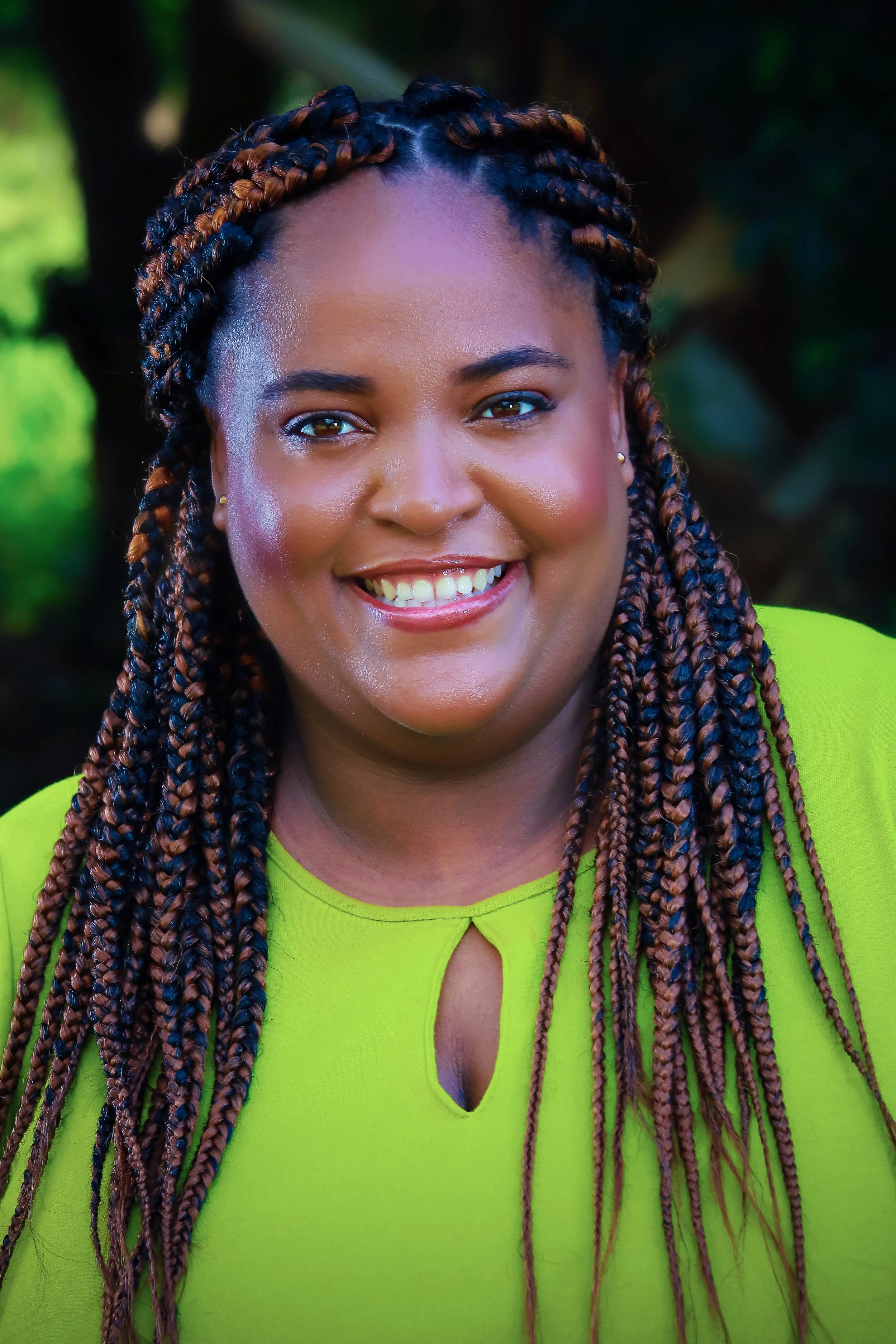Q&A with Cort Casady, Not Your Father's America
/What made you decide to write a book about your experience as a father?
After I became a father, I initially thought about writing an open letter to our sons. I wanted to give them a sense of what we went through to have them and raise them as well as some perspective on the America they were being born into, beyond the obvious “before there was Google.”
What I finally decided to write, as I explain in the preface, is a book that combines two passions, serves two masters and weaves together two decidedly different narratives.
One is a narrative about what it's like to be hit by the “baby bus” and have three kids at once. The other is a series of reflections along the way, as the boys go from being infants to toddlers to adolescents and young adults. About the America my father grew up in, the America I came up in, and the America our sons are inheriting.
How has your experience in the entertainment industry helped you — or hindered you — when it comes to writing books?
My experience as a working writer, first as a freelance magazine writer, then as a staff writer in television, prepared me to be an author. I first learned that I could write in college. When I finished writing my thesis, by myself over the Christmas holiday break in my senior year, I realized I could write and, more importantly, finish what I was writing. That, and a good outline, enabled me to complete the first book I wrote, for singer John Davidson.
The book is very personal: How did you decide what details you would include and what topics were off-limits?
Fortunately, there weren't a lot of details I couldn't include in the book. Barbara read each draft, so I felt confident there wasn't anything inappropriate in the book. In writing about our sons' experiences with a bad coach in high school, I decided not to go into too much detail. It was such a disturbing time; it could almost be a book on its own, a book I have no desire to write, by the way.
What do your family members think about you writing the book?
Barbara read virtually every draft of the book as I was writing it. She corroborated memories, corrected facts, and typos, and encouraged me frequently throughout the process. Our sons encouraged me throughout the process of writing and getting the book published as well. Having shared notes and journal entries with them before I started writing in earnest, they had a pretty good idea of what Dad was going to write. All three have fully supported the project and believe it’s a story worth chronicling. They’ve been very complimentary.
What do you hope readers gain from this book?
I hope readers will take away what we learned raising triplets: Don't panic; take it one day at a time; stay committed; and don't give up. I also hope they’ll be reminded that we have a lot of work to do as a country to live up to the promise of America, a promise I fervently hope our children will experience. I also hope readers will take seriously what we all must do to meet the climate crisis. The clock is ticking.
What projects are you working on that people can look forward to?
I’m developing a feature-length documentary film. 100% Possible: The Battle for the World’s Energy Future is about a series of science-based plans to power America and more than 100 other countries with electricity generated solely by wind, water, and the sun. Developed by a group of scientists led by Stanford University climate professor Mark Jacobson, the plans will be presented to the general public for the first time in this groundbreaking film. A positive, solutions-driven documentary, the film will document how clean, renewable energy will slow global warming, deliver environmental justice, and create millions of jobs worldwide.
You can grab a copy of the book on Amazon or Bookshop.org
About the Author
Born in McAllen, Texas, Cort Casady grew up in El Cajon, California, near San Diego. After graduating from Harvard with an honors degree in government, Casady moved to Los Angeles to pursue his career in the entertainment business. He and his wife, Barbara raised their triplet sons in Manhattan Beach, California. They now live on the Palos Verdes Peninsula south of L.A.
Cort Casady has won two Emmy Awards and three NAACP Image Awards for his work as a television and documentary writer-producer. He won his first Emmy for “New York at Night Starring Clint Holmes,” and his second for the “American Film Institute (AFI) Life Achievement Award: A Tribute to Mel Brooks” (2014). His numerous credits include creating the original story and characters for the television mini-series, “Kenny Rogers as The Gambler,” helping to format and launch the long-running reality competition series, “Star Search” with Ed McMahon, and co-creating television’s first weekly environmental series “Earthbeat”, which aired as “Network Earth” on TBS for five years.

